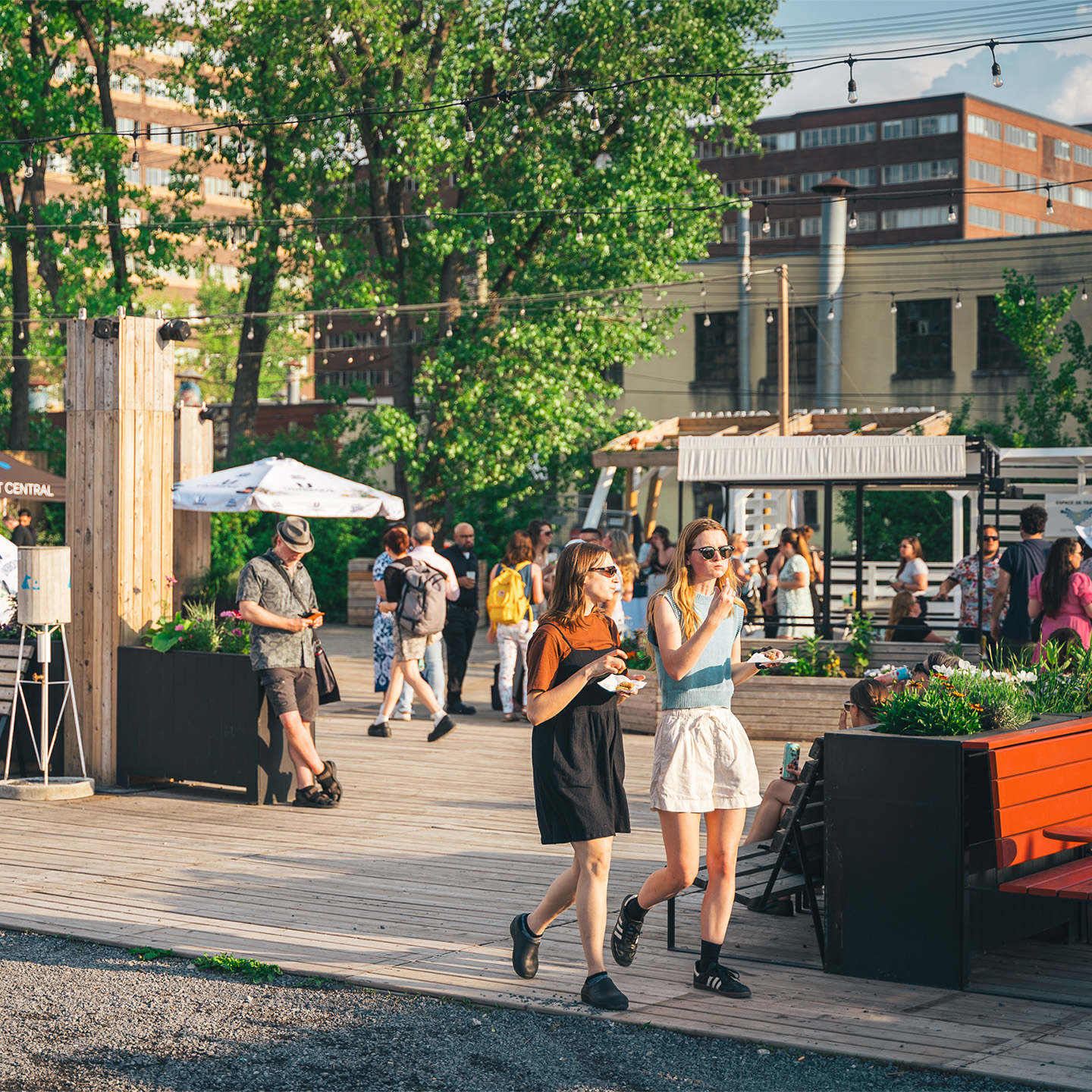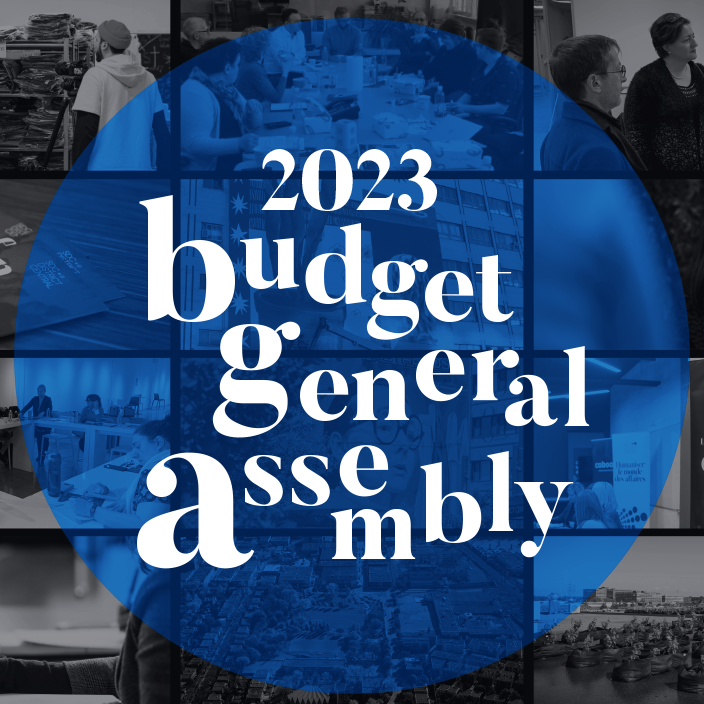NEWS FROM RIGHT HERE
Urban agriculture: benefits and challenges
At our Real-Estate Forum held on February 6, our panelists discussed the theme of urban agriculture (UA). Discover the highlights of that meeting.

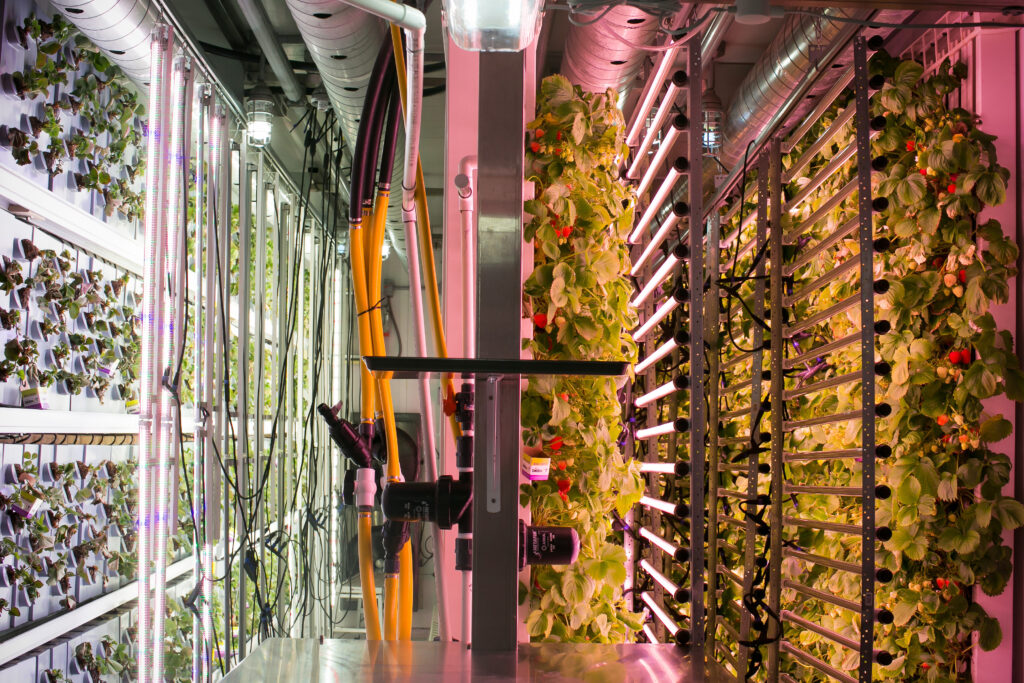
The context
Cities for a long time were inclined to keep agricultural activities at a distance, but such activities have been making a comeback in urban areas where numerous buildings and spaces suitable for this type of production can be found. Today, Montreal counts some sixty UA operations and Quebec more than 700. Examples include Lufa Farms, for rooftop greenhouse production, and Gush Farm, for indoor production.
Risks and benefits
- Many real-estate owners are worried about the risks posed by urban-cultivation environments, among them moisture and ventilation issues, and high energy consumption. Although problems connected in the past to illegal cannabis plantations may come to mind, it’s important to recall that installations today have strict standards regarding hygienic conditions and management of these controlled environments.
- The risk associated with the financial solidity of the new firms may be seen as a restraint. To obtain the necessary funding for their launch (especially funding from the Financière Agricole), UA companies must present in-depth business plans and hold a minimum five-year lease. This is already a good sign of the seriousness of their approach.
- An important benefit lies in the presence of an ecosystem of support. Organizations like PME Montréal help entrepreneurs avoid errors caused by lack of experience.
- Owners who devote more than 15 percent of their building to UA are entitled to an attractive tax credit managed by MAPAC, a significant benefit.
- The reduced electricity cost, which Hydro-Québec’s agricultural rate allows entrepreneurs to benefit from, is another advantage of considerable importance.
- The social and environmental dimensions of UA (ESG criteria) also offer visibility, and heighten a real-estate property’s attractiveness for tenants, investors, and the workforce.
- UA allows owners to make the most of buildings or parts of buildings considered unsuitable for other uses.


Advice for getting started
With a view to launching a UA operation, owners and agricultural entrepreneurs are advised to follow certain steps and principles when it comes to planning and designing their locations.
- The importance of establishing a relationship of trust and full collaboration must not be underestimated: between owner and entrepreneur, but also among all other parties involved, including the builder.
- It is essential to pay close attention to the following elements:
For the entrepreneur:
- Establish a viable and realistic business plan;
- Search for the best building and an owner open to UA;
- Favor raw space with adequate surface area for growth, since profitability increases with volume.
For the owner:
- Check to see whether the environment can be adapted for UA (ventilation, water circulation, power supply). In the case of rooftop greenhouses, make sure that the building structure can support the load and that there is no equipment already present;
- If new construction is involved, work from the outset to ensure that the UA installations are in keeping with the rest of the building;
- Determine current provincial and municipal regulations. The Régie du bâtiment du Québec imposes some of the strictest rules in the world for UA. Don’t forget that municipal standards may vary, even from one borough to the next;
- Analyze the possibility of using new materials like ethylene tetrafluoroethylene (ETFE), which is significantly less heavy than glass, inflammable, and can be adapted to more complex or different architectures.
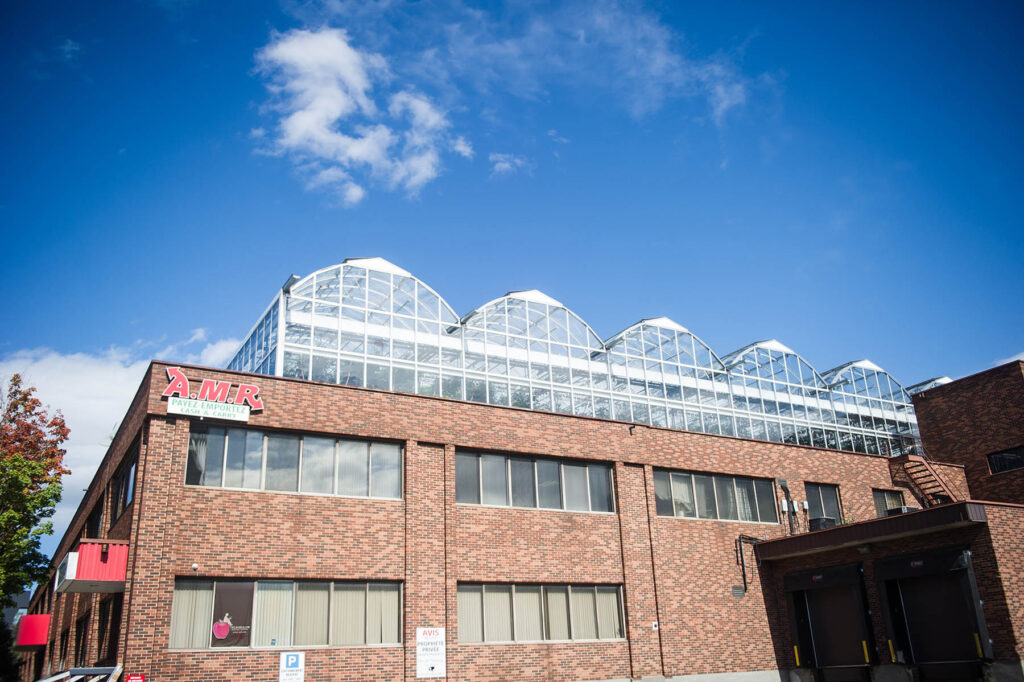
Costs and profitability
The price per square foot that UA companies can bear cannot compare with what service or technology companies can sustain.
- For operations other than those located on roofs, the sustainable cost is between $10 and $15 per square foot. Being generally not used and sometimes not subject to property tax, roofs offer greater flexibility as well as value-added potential, but entail additional construction costs.
- For owners, UA activities represent an interesting solution for spaces that are otherwise difficult to turn a profit on.
- Tax benefits, support measures and advantageous energy rates can mean the difference between making a profit or not for entrepreneurs and owners alike.

Thank you to our partners :

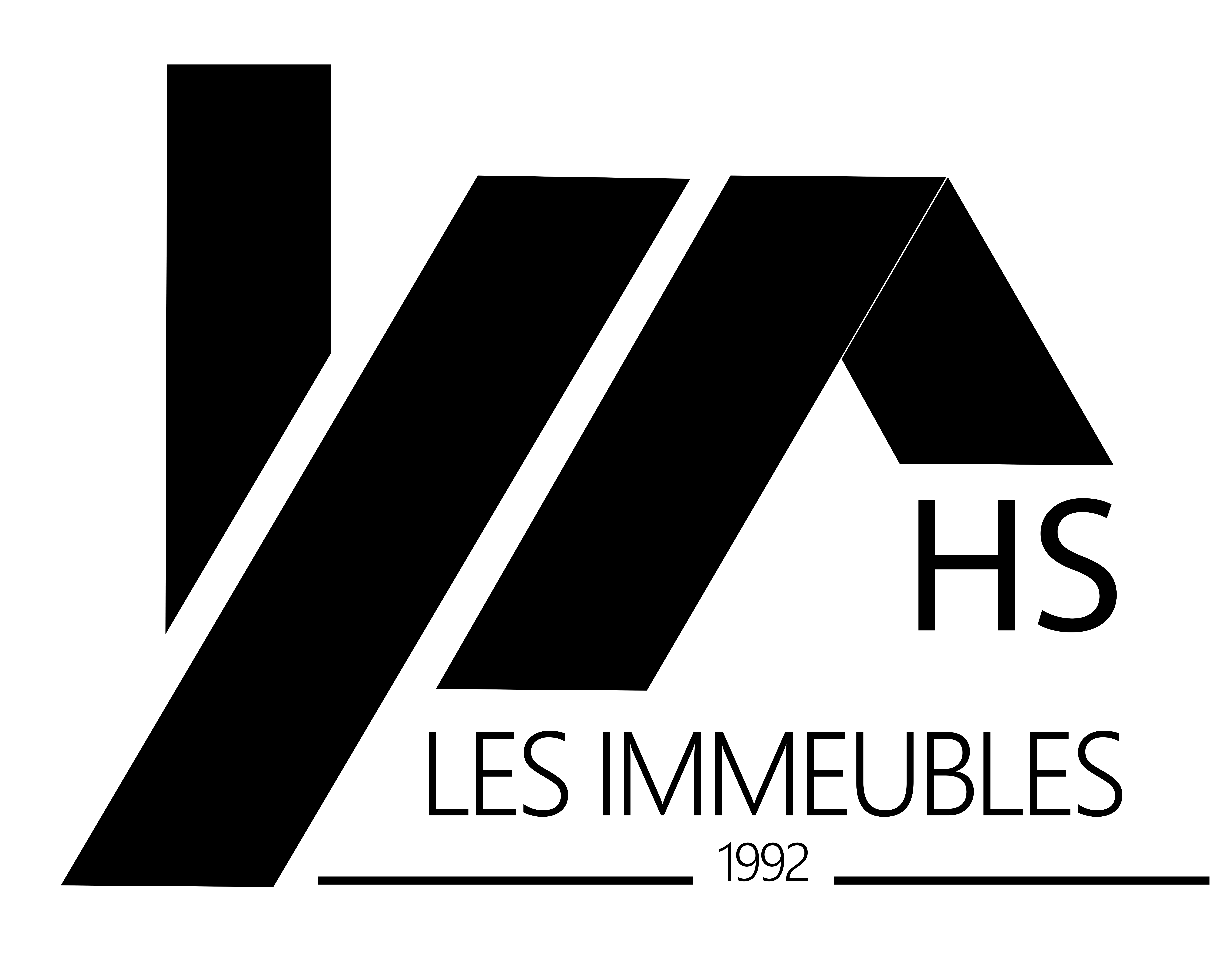
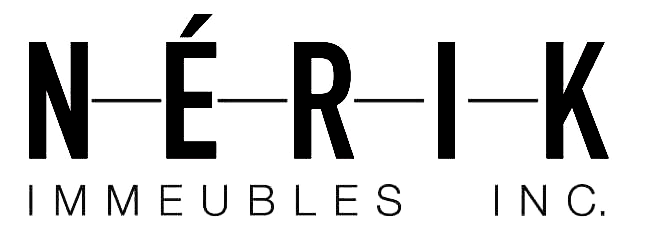
In Pictures : 5 à 7 for Neighbourhood Workers May 22nd
Photo credit : Soléne Broisin
Lire la suiteM-Style, Health, Leisure and Well-Being event
M-Style Chabanel will take place on June 1st and 2nd at 433 Chabanel, from 10 AM to 6 PM. ...
Lire la suiteNotice – 2023 Budget General Assembly
NOTICE Deadline to register: September 28, 2021 at 4:00 p.m. AGENDA Opening of the Assembly Election of the president and...
Lire la suite
